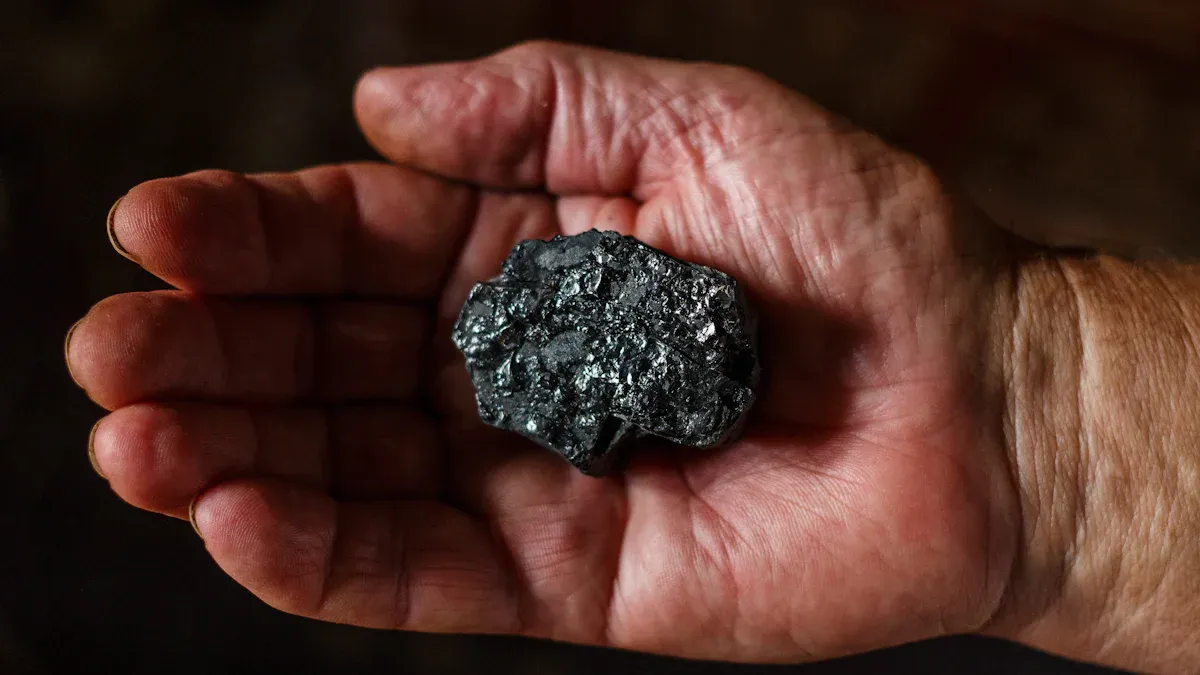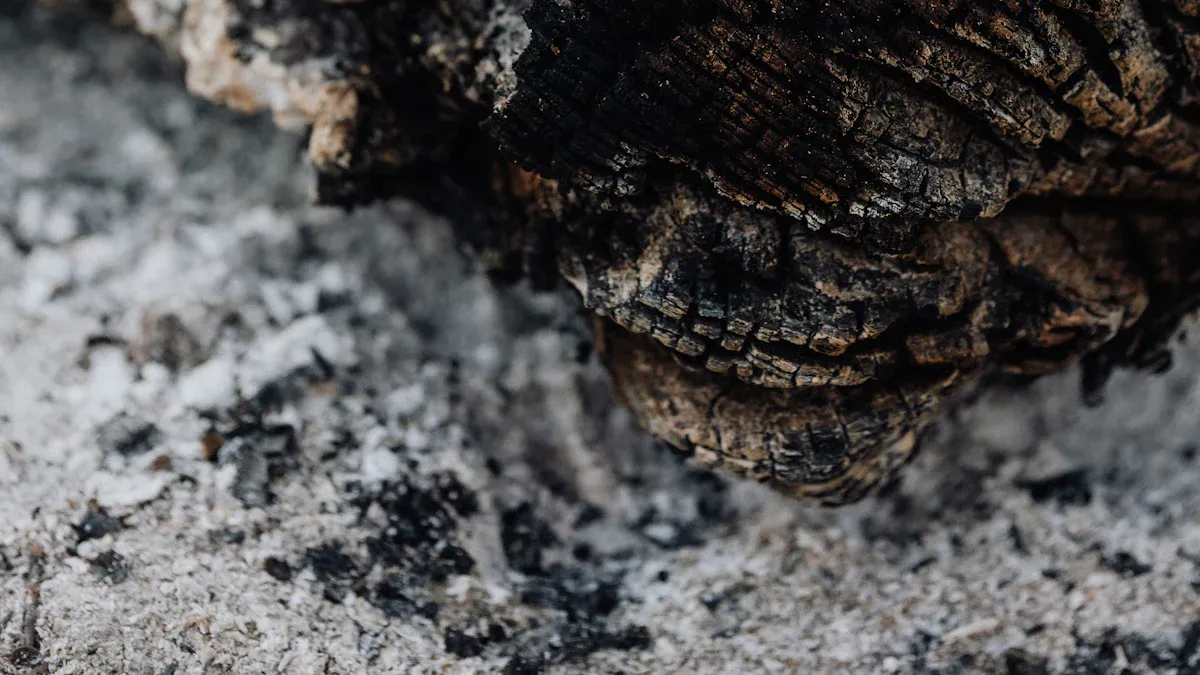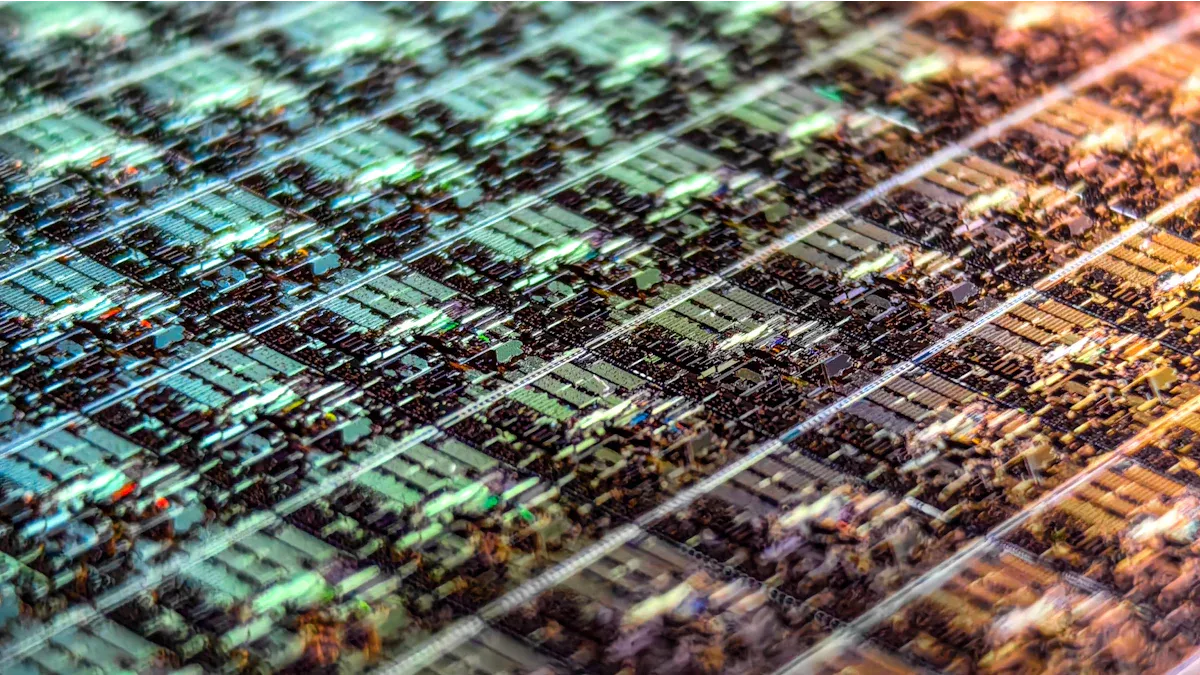
A GRAPHITE SUSCEPTOR plays a key role in semiconductor manufacturing. It serves as a heating element and holds substrate wafers during processing. This component absorbs electromagnetic energy and turns it into heat. > The GRAPHITE SUSCEPTOR enables precise temperature control, which helps produce pure and high-quality semiconductor wafers.
Key Takeaways
- Graphite susceptors heat wafers evenly and hold them steady, ensuring high-quality semiconductor chips.
- Coatings like silicon carbide protect graphite susceptors from damage and contamination, improving their durability and performance.
- Precise temperature control with graphite susceptors reduces defects and helps factories produce reliable, long-lasting chips.
GRAPHITE SUSCEPTOR in Semiconductor Manufacturing

Role in CVD and MOCVD Processes
Chemical Vapor Deposition (CVD) and Metal-Organic Chemical Vapor Deposition (MOCVD) are two important methods in semiconductor manufacturing. These processes help create thin films on wafers. The GRAPHITE SUSCEPTOR acts as a platform that holds the wafer during these steps. It absorbs energy from induction coils and heats up quickly. This heat transfers directly to the wafer, which helps the chemical reactions happen at the right temperature.
Note: The GRAPHITE SUSCEPTOR must withstand high temperatures and harsh chemicals during CVD and MOCVD. Its strong structure and ability to heat evenly make it a good choice for these jobs.
Many factories use the GRAPHITE SUSCEPTOR because it can handle repeated heating and cooling. It also does not react with most chemicals used in these processes. This keeps the wafer clean and helps make high-quality chips.
Temperature Uniformity and Process Control
Temperature control is very important in semiconductor manufacturing. The GRAPHITE SUSCEPTOR helps keep the temperature even across the whole wafer. If the temperature changes too much, the wafer can develop defects. These defects can lower the quality of the final product.
Factories use sensors to check the temperature of the GRAPHITE SUSCEPTOR. They adjust the power to keep the heat steady. This careful control allows each wafer to receive the same treatment. As a result, the chips made from these wafers work better and last longer.
- Key benefits of using a GRAPHITE SUSCEPTOR for temperature control:
- Even heating across the wafer
- Fast response to temperature changes
- Fewer defects in the finished chips
A table below shows how temperature uniformity affects wafer quality:
| Temperature Uniformity | Wafer Quality |
|---|---|
| High | Fewer defects |
| Medium | Some defects |
| Low | Many defects |
The GRAPHITE SUSCEPTOR plays a big part in making sure every wafer meets strict quality standards.
Challenges and Coating Solutions for GRAPHITE SUSCEPTOR

Corrosion and Contamination Issues with Pure Graphite
Pure graphite faces several problems in semiconductor manufacturing. It can react with gases and chemicals at high temperatures. This reaction may cause the surface to break down or form unwanted particles. These particles can land on wafers and cause defects. Factories often see contamination when using a pure graphite susceptor. This contamination lowers the yield and quality of the chips.
Tip: Keeping the susceptor clean helps reduce wafer defects and improves chip performance.
Performance Enhancement with SiC and Other Coatings
Engineers use coatings to protect the graphite susceptor from damage. Silicon carbide (SiC) is a popular choice. SiC forms a hard, stable layer on the surface. This layer blocks gases and chemicals from reaching the graphite. Other coatings, like silicon nitride or alumina, also help. These coatings make the susceptor last longer and keep the process clean.
A coated susceptor can:
- Resist corrosion and wear
- Reduce contamination
- Improve heating performance
Comparison of Coating Materials and SiC Advantages
Different coatings offer unique benefits. The table below compares common options:
| Coating Material | Corrosion Resistance | Thermal Stability | Cost |
|---|---|---|---|
| SiC | Excellent | High | Moderate |
| Alumina | Good | Medium | Low |
| Silicon Nitride | Good | High | High |
SiC stands out because it combines strong protection with good heat transfer. Many factories choose SiC-coated graphite susceptors for reliable and clean wafer processing.
The GRAPHITE SUSCEPTOR supports modern semiconductor manufacturing by helping factories produce uniform, high-quality wafers. Advanced coatings like SiC increase its strength and reliability. New technology continues to improve susceptor performance. Many experts expect these changes to shape the future of chip production.
FAQ
What is the main job of a graphite susceptor?
A graphite susceptor heats wafers during chip making. It holds the wafer steady and spreads heat evenly for better results.
Why do factories coat graphite susceptors?
Factories coat graphite susceptors to stop corrosion and reduce contamination. Coatings like SiC help the susceptor last longer and keep wafers clean.
How does SiC coating help in semiconductor manufacturing?
SiC coating protects the susceptor from harsh chemicals. It also improves heat transfer, which helps factories make high-quality chips with fewer defects.


